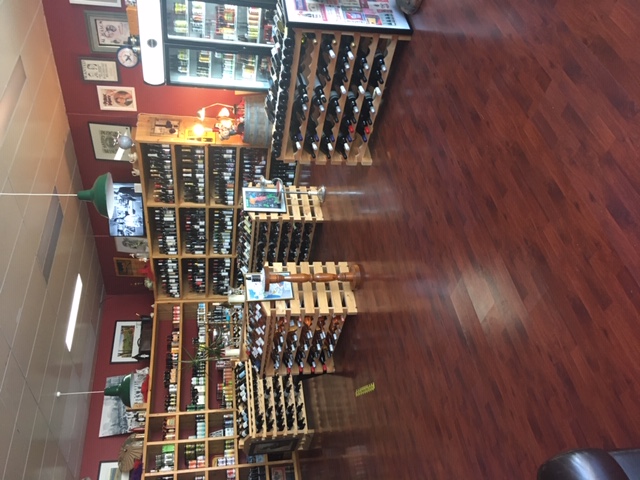You probably know what craft beer is, as in the last years it has been the protagonist of the beer market. Craft beer is now so popular that, ironically, even big industrial groups are now producing craft beer, clearing out all the craftiness from these beverages.
The easiest way to clearly understand what-is Best Cider Australia craft wine is starting from the opposite, that we all know: industrialized wine. This is the mass-production wine that you can find anywhere, from stores to wine shops, from restaurants to e-commerce. Because those wines are the ones produced in huge quantities to fulfill a market need, studied to encounter the taste of the biggest audience and to sell as much as possible, with the lowest possible investment in money and time (which anyway are heavy).
We don’t want to talk about quality here, but we surely have to consider that the peculiarities of the wine, as well as its defects, are flattened by the use of technology, chemistry, and other procedures. Craft wine is Italian Wine Montmorency because the motivation that pushes the winemaker through all the difficulties, critics, tough working conditions and extenuating manual harvesting isn’t just money, but the creation of something able to communicate with the customer, and tell him what his philosophy is, how he feels like and how much he loves his land. It’s very similar to what a painter does with his canvas, a sculptor with his marble, and a composer with his arrangement.

When able to produce a
Craft Wine Store able to thrill the consumer and summon images of Italian landscapes, by working with limited automation and small team, following the timings nature dictates, then also the winemaker deserves to be defined as “an artist".
A second major point of difference between industrialized and craft wine is history: much of what you read on the label or brochure of a standard wine is marketing and copywriting, while small craft wineries have often been owned by the same family for generations and their story is long and rich.
All this is a French Wine Montmorency job, but it’s very satisfying too. Uncorking a bottle and seeing the happy faces of your friends or customers when they smell the perfume and taste your wine is priceless.
We don’t argue about the quality of the wine, but we value better a product that has a history and a soul, that tells a real story and communicates something about the winemaker.
This is why Vitium visits personally the wineries and meets the owners: we listen to their stories, learn from their experience, taste their wines, and then create dedicated Tasting Guides for you to feel, when you open one of our bottles, like you were in Italy with us, chatting with the winemaker himself.
They are a marketing and
Craft Beer Shop company for the juice that they have purchased. I’m not saying there’s anything wrong with that or it won’t be delicious, but in our book, you are not a craft maker or brand. We’re looking for handcrafted, personally loved, and created products here—not misleading marketing.